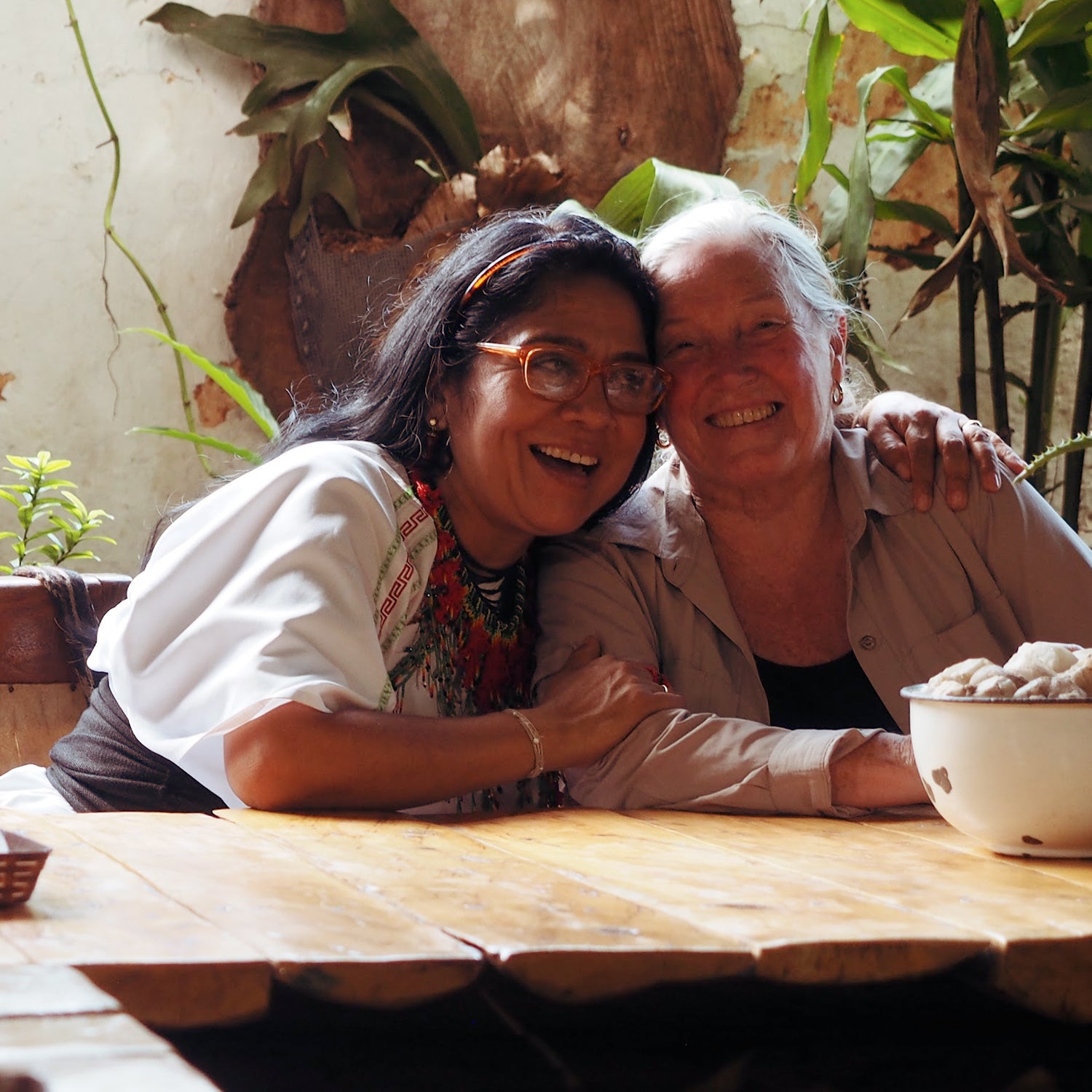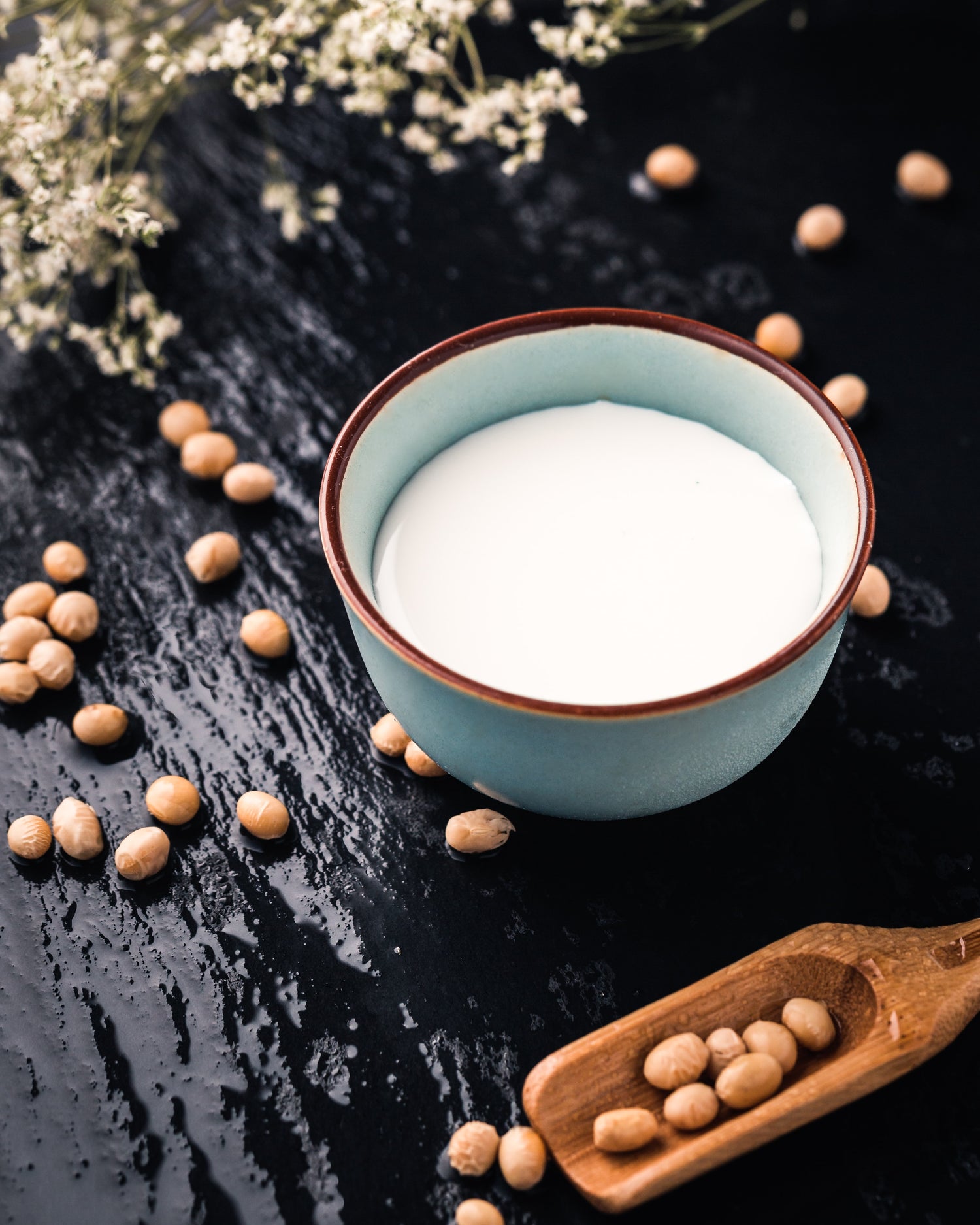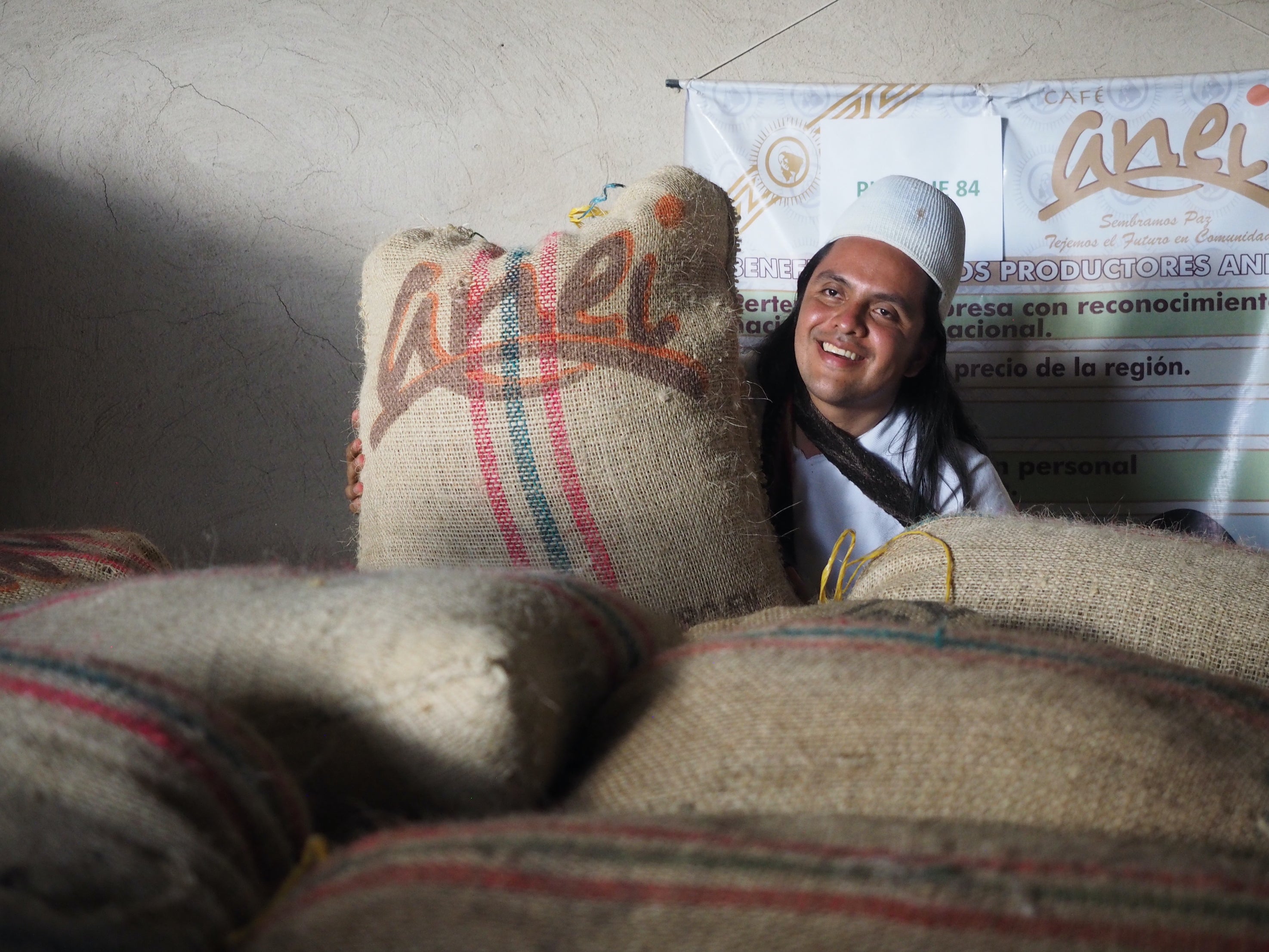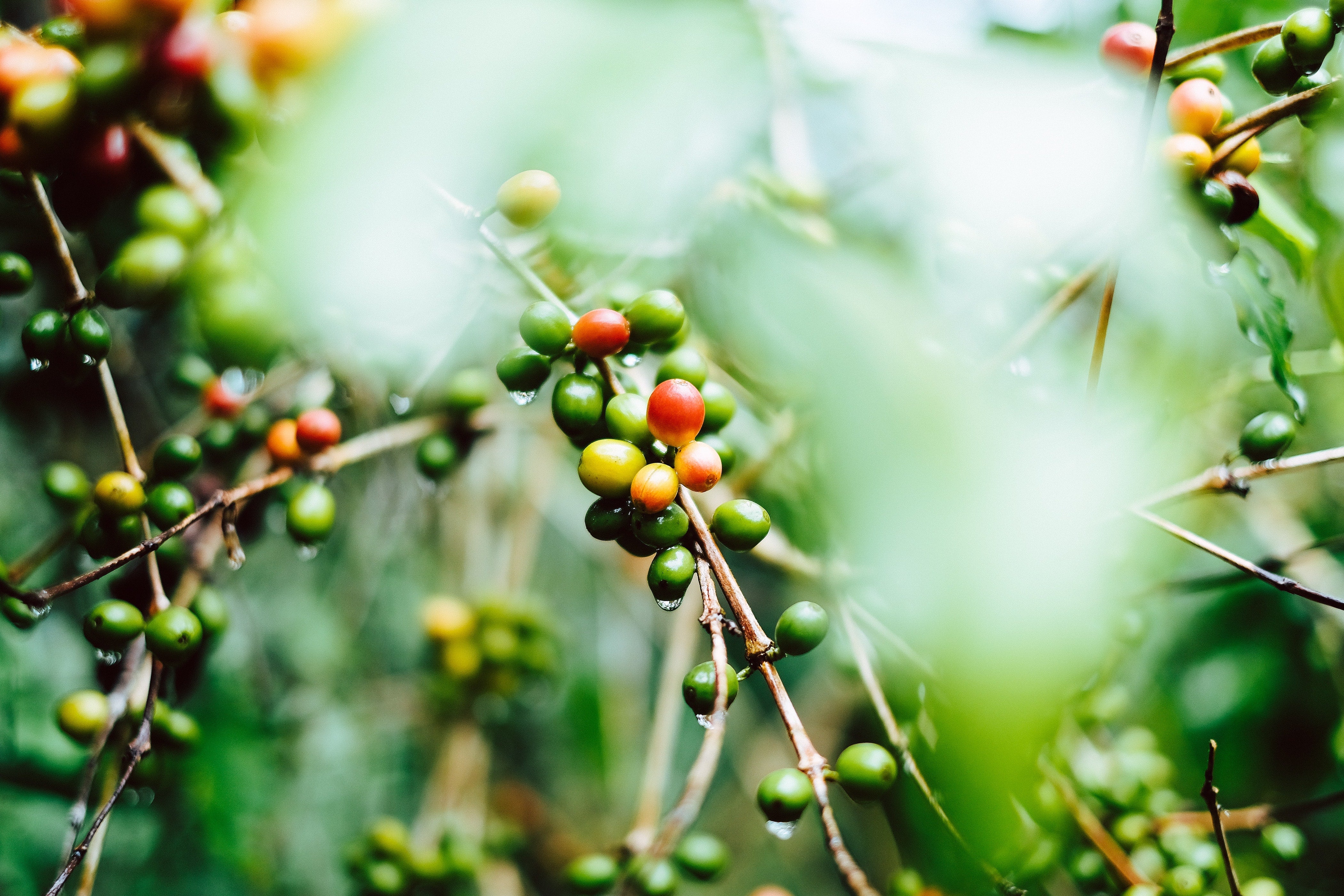For those of you who drink your coffee with non-dairy milk, there’s more choice than ever.
The milk you use and how you use it can have a huge impact on the overall taste and texture of your coffee. We put together some tips and tricks for getting the most out of plant-based milk in coffee!
An important thing to note is that different brands of the same type of milk can produce very different results. If you find that one brand of plant-based milk doesn't work, don't be discouraged! Do a little exploring to find the best brand for your preferred plant-based milk. We use MILKLAB Almond Milk, Minor Figures Barista Oat (Organic), Bonsoy Soy milk and Vitasoy Soy Milk.
Almond Milk
Almond milk tends to have a nutty flavour, and when unsweetened, can have a bitter aftertaste.
Key information
Almond milk can be a little finicky in coffee, it's sensitive to high temperatures and acidity (e.g. double shots). This sensitivity means that almond milk is prone to curdling and when frothed, separating and leaving foam on top and a watery layer below.
If you're only looking for a splash of milk and want to prevent curdling, wait for your coffee to cool, add you milk first then your coffee.
Almond milk can can produce a fantastic foam, but it's a delicate process. Our recommendation is to aerate the milk and the moment it starts to thicken, stop. Dip the wand lower, then move to texturing and slowly heat the milk, while letting in as little air as possible. Then pour the coffee slowly.
Getting the perfect almond milk may take a few tries and a little experimentation with technique and milk brands.
Best for
If you're going to use it in hot coffee, make sure you allow it cool slightly and foam it at a lower temperature. For the lowest fuss option, it's best used in iced coffees and cold brews.
Oat Milk
Oat milk comes with a rich, creamy texture, delicate sweetness and fairly low-key 'cereal' taste, that won't overwhelm your coffee.
Key information
Oat milk tends froths really well with minimal separation and curdling. However, you still need to be gentle when frothing, as it's still more sensitive to temperature that cow's milk.
To prevent curdling, make sure your not heating the milk too high and introducing air from the steamer gently. Perfectly frothed oat milk is thick, glossy and creamy. It can also be a little difficult to pour, so be gentle when adding it to coffee.
Best for
Oat milk is a fantastic all-rounder for hot and cold beverages. It's higher fat and protein content makes it a fantastic choice for frothing and steaming and its neutral taste is the perfect canvas for your coffee.
Soy Milk
Soy is the original plant-based milk, offering a full creamy texture and a slight earthy, 'beany' aftertaste.
Key information
Soy milk produces a gorgeous, glossy foam perfect for coffees. However, like all plant-based milks, it needs a gentle touch to prevent curdling and separation.
Beanscene's Matthew Lewin recommends steaming soy to roughly 55°C - 60°C and introduce less air in the beginning. Soy also tends to stratify (separate into layers) if left out, so pour the milk quickly.
If you're just looking for a splash of warm soy, make sure you heat it slowly over the stove. If you're adding it cold, add it to a coffee that's already cooled, or you'll find yourself with soy chunks in your cup!
Best for
Soy is another great coffee all-rounder for hot or cold coffees. However, if you're not a fan of it's distinctive after-taste, oat milk may be a better choice.







